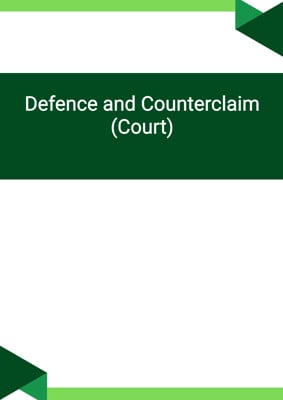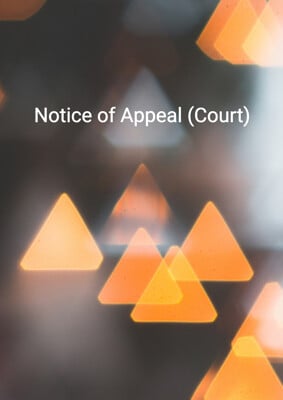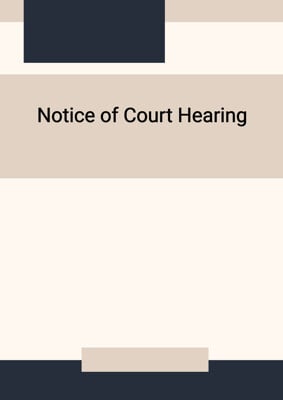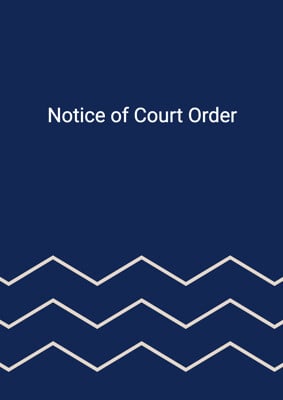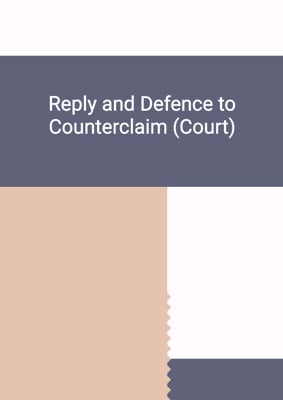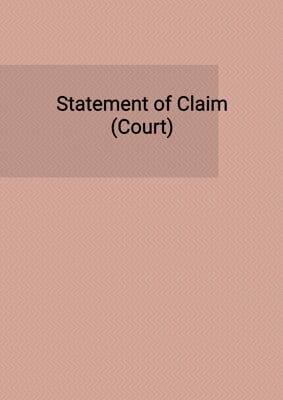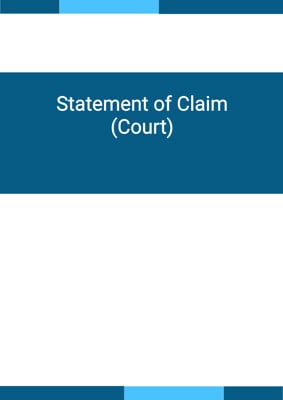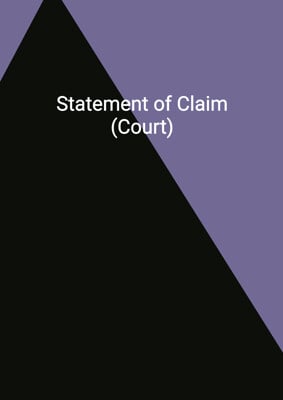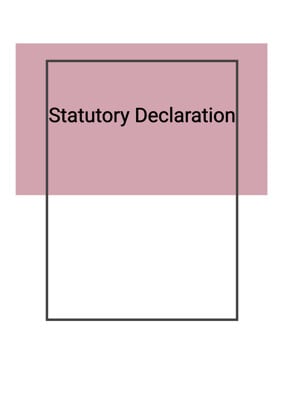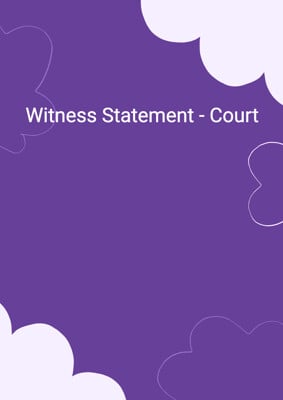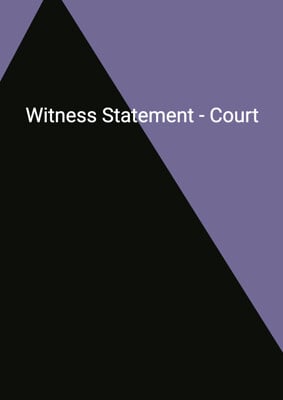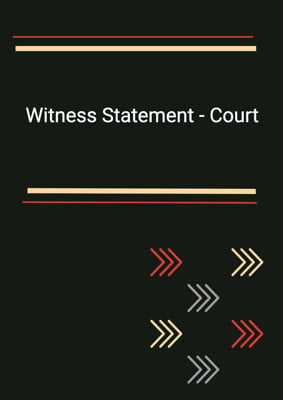How to Tailor the Document for Your Need?
01
Create Document
Fill in the details of the parties. You can click the "Fill with Member’s Information" button to complete it with information saved to your account.
02
Fill Information
Please fill in any additional information by following the step-by-step guide on the left hand side of the preview document and click the "Next" button.
03
Get Document
When you are done, click the "Get Document" button and you can download the document in Word or PDF format.
04
Review Document
The document should be signed by the authorised signatory (or directors of a company) and witnessed to complete the formality.
Document Preview
Document Description
The document titled 'Respondent's Notice to Appeal (Court)' is a legal document that is used in the court of appeal. It serves as a notice to the court and the opposing party that the respondent, who is the party responding to the appeal, intends to appeal the judgment or order given by the lower court. The document starts with the case information, including the appeal number and the jurisdiction state. It then identifies the parties involved in the case, namely the plaintiff and the defendant.
The detailed description of the document can be divided into several sections. The first section is the introduction, which provides an overview of the document and its purpose. It explains that the respondent is seeking leave from the court of appeal to present their case and challenge the judgment or order of the lower court.
The next section focuses on the different scenarios in which the respondent may appeal. If the respondent wants to set aside the judgment or order, they need to state the grounds for their appeal. They may also request a new order and ask the defendant to pay the costs of the appeal. Alternatively, if the respondent wants to uphold the order but for different or additional reasons, they should state those reasons and request the same relief. Finally, if the respondent is seeking a new trial, they need to provide the grounds for the new trial.
The document also includes a section where the plaintiff proposes whether the appeal should be assigned to the list of interlocutory appeals or final appeals. This section is optional and depends on the nature of the appeal.
The document concludes with the date of the notice and the signature of the respondent. It also includes information about the service of the notice on the defendant and the registrar of the court.
In summary, the 'Respondent's Notice to Appeal (Court)' is a crucial document that allows the respondent to exercise their right to appeal a judgment or order. It provides a detailed introduction to the document and each section, explaining the purpose and significance of each part.
How to use this document?
To use the 'Respondent's Notice to Appeal (Court)' document effectively, follow these steps:
1. Fill in the case information: Enter the current year, the court's jurisdiction state, and the appeal number. This ensures that the document is properly identified.
2. Identify the parties: Fill in the names of the plaintiff and the defendant. This clarifies the roles of each party in the appeal.
3. Choose the appropriate scenario: Determine whether you want to set aside the judgment or order, uphold the order for different or additional reasons, or request a new trial. This will guide the content of the notice.
4. State the grounds for appeal: Clearly articulate the reasons for your appeal. Provide detailed explanations and supporting evidence to strengthen your case.
5. Request relief and costs: Specify the relief you are seeking, such as setting aside the judgment or ordering a new trial. Additionally, request that the defendant pays the costs of the appeal.
6. Consider the nature of the appeal: Decide whether the appeal should be assigned to the list of interlocutory appeals or final appeals. This depends on the circumstances of your case.
7. Sign and date the notice: Put your signature and the current date at the end of the notice. This validates the document.
8. Serve the notice: Send the notice to the defendant and the registrar of the court. Use ordinary post or any other appropriate method.
By following these steps, you can effectively use the 'Respondent's Notice to Appeal (Court)' document and present your appeal in a clear and organized manner.




